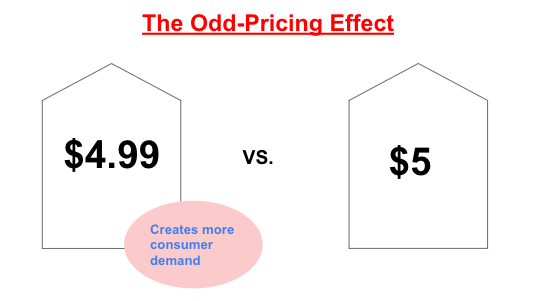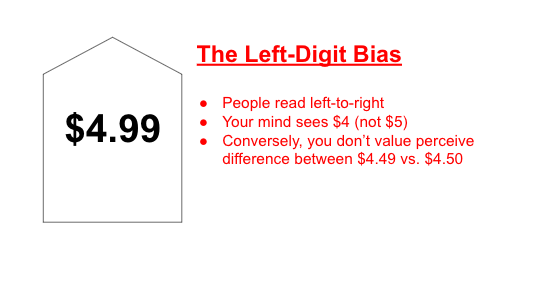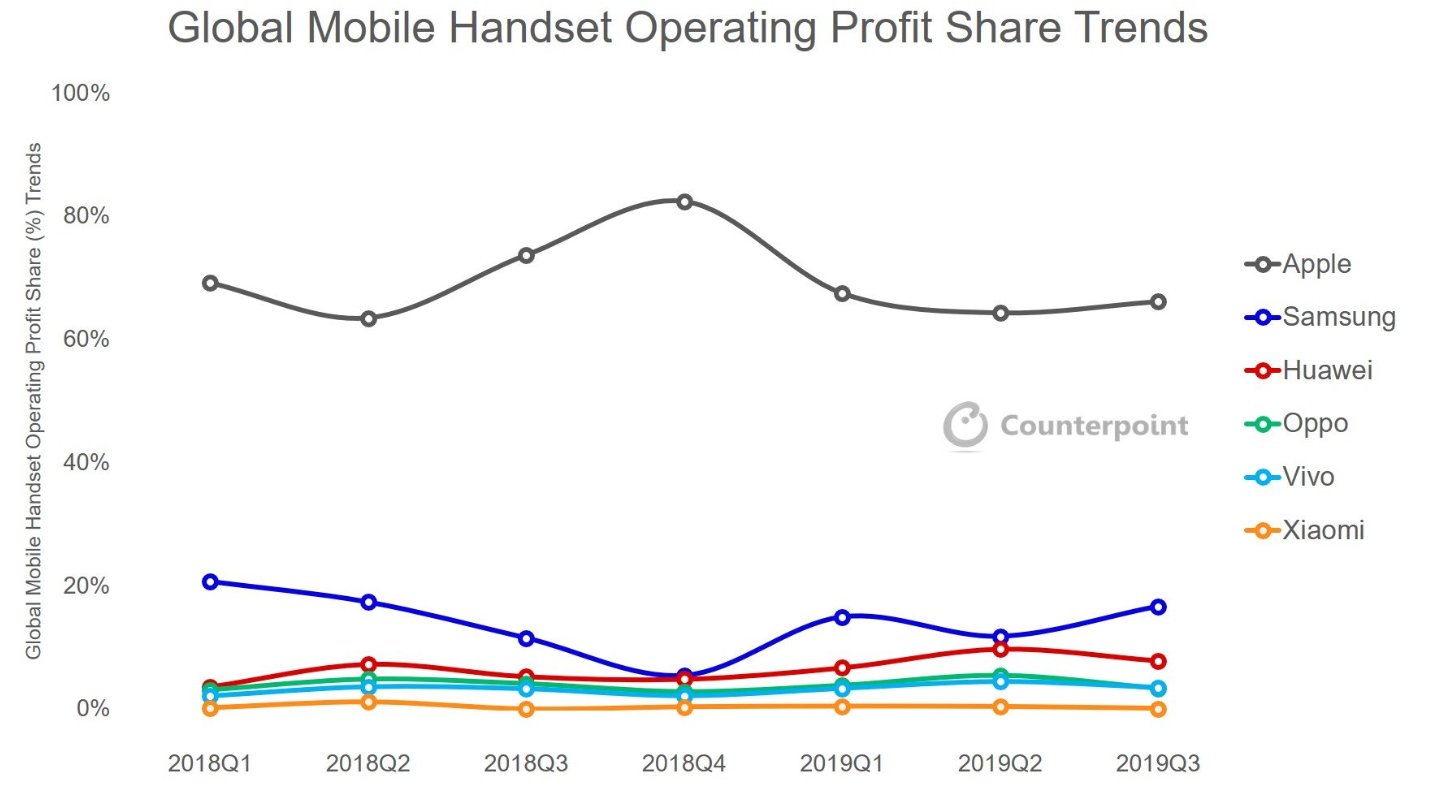None of today’s most successful brands became that way by chance – it’s all part of a strategy. It’s the same with any military or political campaign: no good military officer or seasoned politician would undertake a major campaign without clear strategies. Neither should businesses.
A company’s strategy is a vital ingredient in determining its success, yielding growth, profit, and any other objectives the founders’ value, whether it’s inclusivity, or simply being greener. That’s why so many successful entrepreneurs, marketers and financiers specifically seek out certain business schools like ESSEC, with specific curriculum, to hone their strategies.
For an example of how a strategy works, let’s look at a hugely successful brand like Apple – it seems like everything it launches is a success. But let’s zoom in on one particular recent product that garnered so much interest that it sold out, with a months-long backlog.
It was the Polishing Cloth – basically a nonabrasive material that “safely and effectively” cleans smudges and fingerprints off any Apple display. What’s more audacious is that the cloth comes in a hefty S$29, and in Singapore’s Apple store, the earliest you could get it delivered is mid-January (it’s sold out in all three outlets).
Unsurprisingly, the internet ripped Apple for this outrageously-priced polishing cloth. But there’s a business lesson to be learned here.

Psychology of numbers
Firstly, why pay $29 when you can simply get alternatives online for way cheaper?
Apple’s pricing strategy is all about the number “9”. In fact, the starting price for all major Apple products end in the number “9”, from the MacBook Pro (S$2,999) to AirPods (S$269). You’ve also seen this pricing strategy in almost every other major brand out there, from fast fashion brands like Uniqlo to mid-range automobile brands like Hyundai.

So why do companies like to end their prices with a “9”? Because it uses one of the most well-established phenomenons in pricing psychology: the “Odd Pricing Effect”. Prices ending in 1,3,5,7,9 – from cheap to expensive products – signal a deal and drive more consumer demand as compared to a whole round number.

“Odd Pricing” relates to another psychological effect called “Left-Digit Bias”. People read numbers from left-to-right and are anchored to the first digit. Result: when evaluating prices, we overweight the first digit and changes to that number drive the perceived value.

In one famous MIT and University of Chicago study, researchers priced a women’s item of clothing at $34, $39, and $44. The $39-price level (“9”) sold the most, even though it was more expensive than $34. The result demonstrates the power of the “Odd Pricing” and “Left Digit” effects.
Pricing strategies at work
Pricing strategy is important to any brand because it’s not focused entirely on profit – business identity, brand, and financial stability have to be considered.
In fact, pricing strategies are taught at business schools like ESSEC Business School as part of their marketing and branding courses. You can see some of these common pricing strategies whenever you’re shopping:
Premium pricing is aimed at developing a product that is high quality or perceived to be of high value. The branding strategy is crucial here in order to appeal to the right type of consumer.
Economy pricing targets customers who look for value, and is the opposite strategy of premium pricing. Brands like Uniqlo or H&M use this strategy.
Value-based pricing is similar to premium pricing, where prices are dependent on how much the customer believes the product is worth. It works best on unique products, like handmade items.
Price skimming is when products are priced at high prices when introduced and then gradually lowered as more competitors enter the market. Companies can capitalize on early adopters and then undercut future competitors.
Market penetration pricing is the opposite of price skimming: introductory prices are low in order to develop a customer base and undercut competitors, before raising prices later. This only works if businesses can take losses upfront.
Bundle pricing is when companies pair products together and sell them together for a cheaper price than individually. It moves inventory quickly, and is only successful if profits on low-value items outweigh losses in high-value items.
Dynamic pricing lets you change your price depending on market demand at any given moment – like your Grab ride. Or anything that’s seasonal/trending.
Premium pricing strategy
Remember that brands like Apple are in a premium position in the market, and few competitors have the company’s pricing power. Apple captures 60% of smartphone profits while selling only around 15% of handsets. So, for Apple to stay “premium,” $29 makes it more expensive than MagicFiber, which is a very popular and specialised brand of microfiber cloth (a pack of six goes for S$13 on Amazon).

Why spend $29 when you can spend $5 on something that’s just as effective? The answer: self-esteem. American economist Thorstein Veblen noticed that some people would purchase goods because they were expensive, and these products – known as “Veblen goods” – were a sign of prestige, attracting admiration from others. So, people would pay more for something in hopes of attaining a sense of prestige and superiority, in a phenomenon he coined as “conspicuous consumption.”

The Fast Moving Consumer Goods (FMCG) sector is undergoing major changes, from digital revolution to power takeovers by consumers, especially for brands that are considered a premium tier. Business schools are constantly updating their research and curriculum in order to be ahead of the market.
For example, ESSEC has an LVMH Chair that is specifically dedicated to luxury brand management that combines theoretical knowledge with practical expertise through field projects with one of the LVMH houses.
What does it take to create something like Apple Cloth?
If you have your eyes set on managing or creating a successful brand, the best place to acquire knowledge of the fundamentals is in the classroom – in courses like Microeconomics for Business, Marketing, Management, Operations, and Competition Policy, all offered as part of the ESSEC Global BBA program which is tailored to groom future business leaders.
ESSEC students can also tap into the expertise of the school’s cutting-edge research that covers a broad spectrum of areas, from behavioral experiments to big data and neuroscientific imaging. Once you are familiar with the basic concepts and the logical framework of marketing, you can then design your own curriculum to suit your career plans and put all that knowledge to the test in real-world settings through over 10 months of global internships throughout the program.
Speaking of global, you’ll have the option of studying across ESSEC’s three global campuses in Singapore, Morocco, and France (where it’s headquartered). You’ll also be fluent in at least three languages by the time you graduate.
If you’re ready to create strategies and be the driving force of the next big brand, check out ESSEC’s website for more details on its Global BBA program, which is ranked #1 in France by Le Point (2024).











